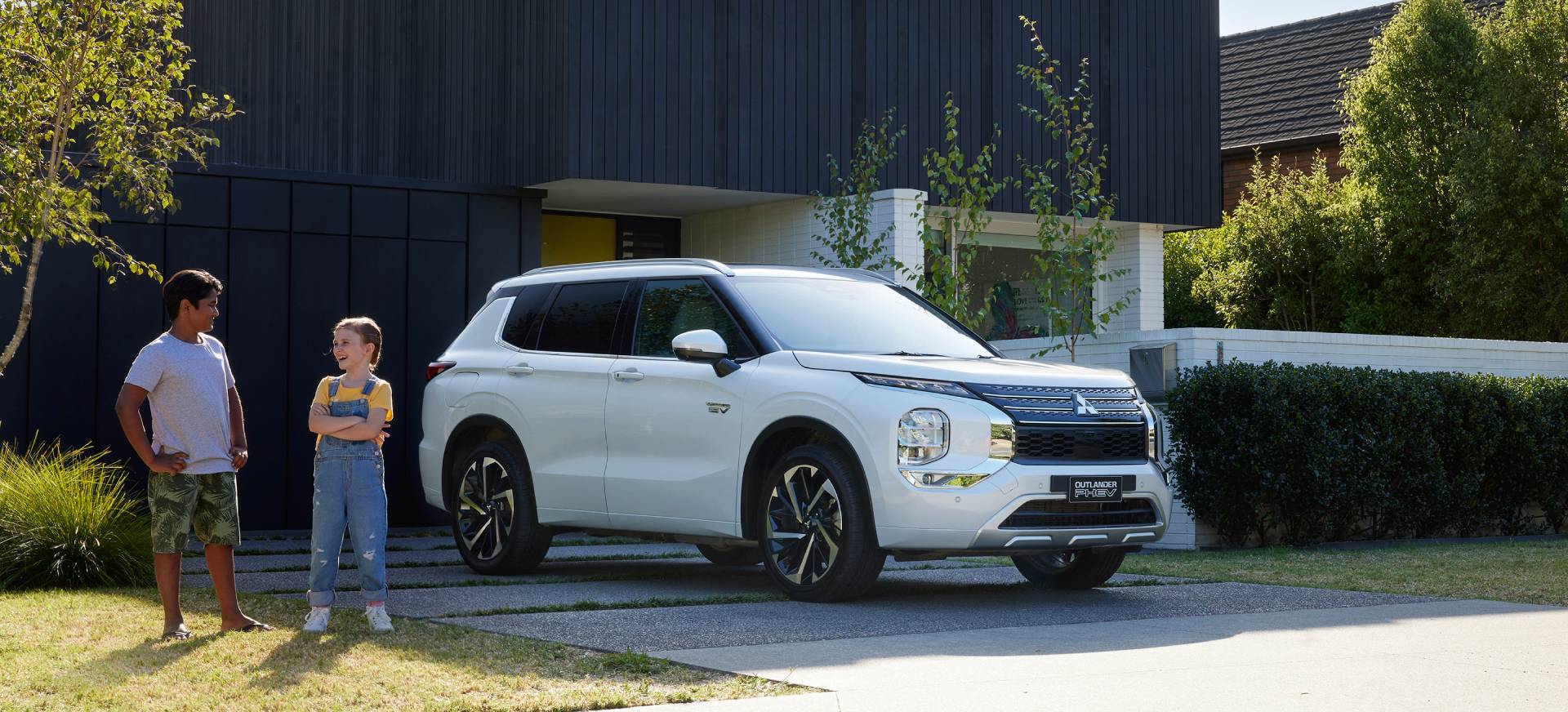
It's pretty clear by now that electric vehicle technology is going to play an increasingly important role in the automotive industry. No longer a niche choice, the constant innovation in the electric vehicle space has led to widespread adoption, with an ever-increasing amount of people looking to purchase and take advantage of this incredible technology.
Mitsubishi has been leading the charge in the development and evolution of this technology since its inception. The latest range of Mitsubishi PHEVs is the culmination of Mitsubishi's pedigree in electric vehicle technology, with both the Next Gen Outlander PHEV and 2022 Eclipse Cross PHEV being standouts in their class.
With that being said, there are still many questions people have surrounding PHEVs, EVs, and Hybrid vehicles. In today's blog post, we look to answer some of the most common questions about electric vehicle technology.
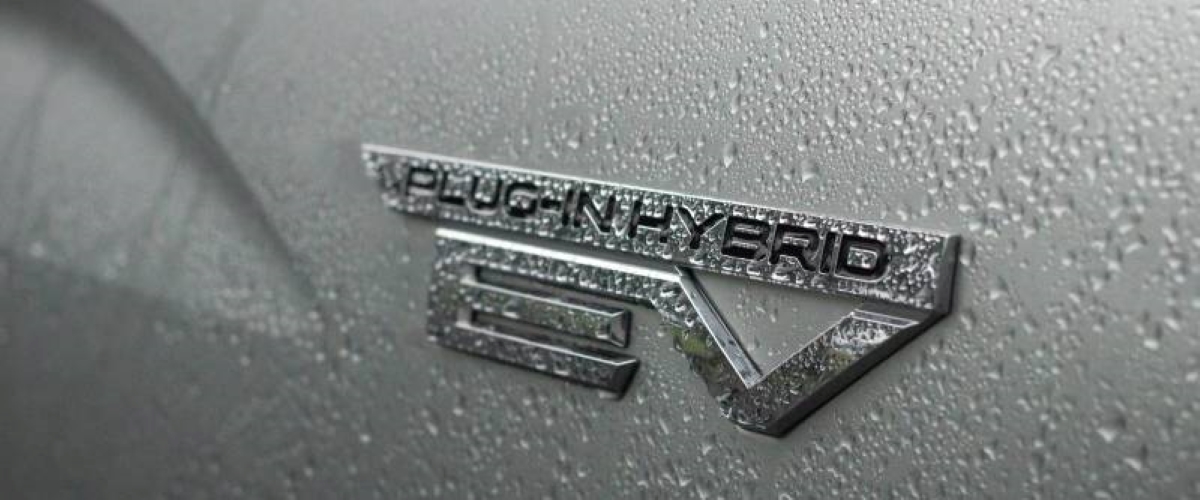
A plug-in hybrid electric vehicle, or PHEV, is a vehicle that combines battery-powered electric motors with a traditional combustion engine. What separates a PHEV from a classic hybrid is its ability to rely fully on its electric motors (often referred to as electric vehicle mode) for day-to-day driving, reserving its electric motors and combustion engine combination for longer journeys. Because of this, it has a larger battery that can be charged from an external power source such as a standard NZ wall outlet or a fast-charge station.

When it comes to choosing an environmentally friendly vehicle, there are a few different types to choose from. PHEV, HV, and EV all refer to vehicles that use electricity to power at least part of the engine. Here's a quick breakdown of each type:
A Plug-in Hybrid Electric Vehicle (PHEV) uses both an electric motor and a traditional combustion engine. The battery can be charged by plugging it into an outlet, and it powers the electric motor. They are capable of driving in EV mode, relying solely on their battery power, whilst the combustion engine is used for long trips or when the battery is low.
A Hybrid Vehicle (HV) also uses both an electric motor and a combustion engine, but the battery can't be plugged into recharge. Instead, the battery is recharged by the brakes and by the heat of the engine. As it is more reliant on its combustion engine than a PHEV, an HV's full-electric driving capabilities are limited.
An Electric Vehicle (EV) only has an electric motor, so it needs to be plugged in to recharge. EVs are powered solely by electricity, so they don't produce emissions from the exhaust.
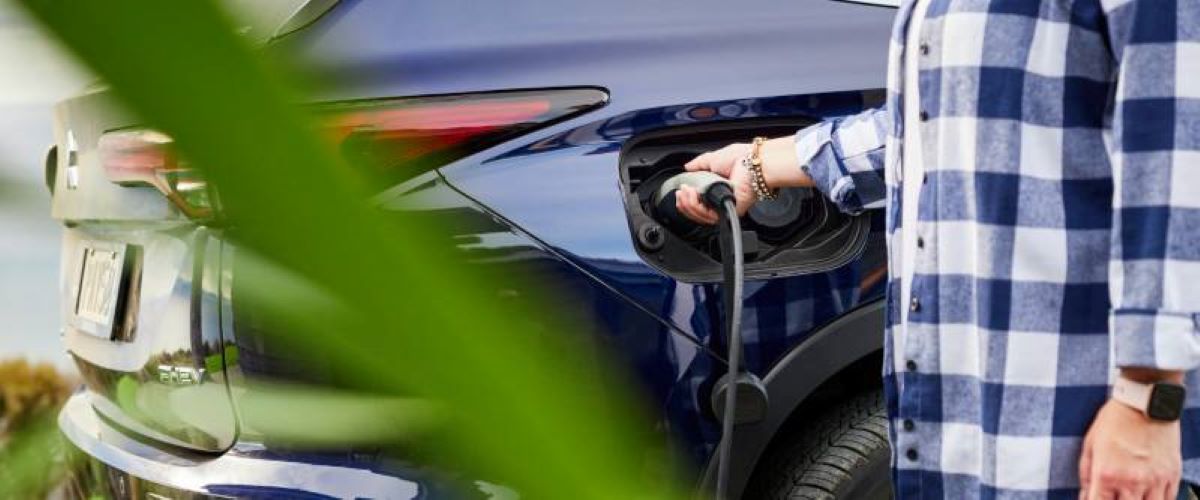
PHEVs offer a number of environmental benefits over traditional petrol or diesel cars. One key advantage is that PHEVs produce zero emissions while running on electric power. This means that PHEVs can significantly reduce exhaust emissions of pollutants, such as nitrogen oxides and particulate matter. In addition, PHEVs also have the potential to reduce greenhouse gas emissions. When powered by electricity from renewable sources, PHEVs can help to displace emissions from the power sector. And even when powered by electricity from coal-fired power plants, PHEVs still produce fewer emissions than gasoline cars. As a result, PHEVs represent a cleaner and more sustainable choice for transportation.

If you run out of petrol in your PHEV but still have power in your battery, you will be able to drive the vehicle in EV mode purely on its electric motors. However, if you have run out of battery power as well as fuel, you will not be able to run the car by simply fueling up. This is because the starter motor requires battery power, and therefore the car will need to be charged via a wall outlet before you can get it running again.

The engine in a PHEV, or plug-in hybrid electric vehicle, comes on under a variety of circumstances. First, the engine will start automatically if the battery level falls below a certain point. Second, the engine can be turned on manually by the driver, using a switch or button. Third, the engine may come on automatically under certain driving conditions, such as when accelerating from a stop, when overtaking or going up a hill. Finally, the engine may start automatically if the climate control system is turned on and the battery level is low. In all cases, the engine will run until the battery is recharged to an acceptable level. At that point, the engine will shut off automatically.
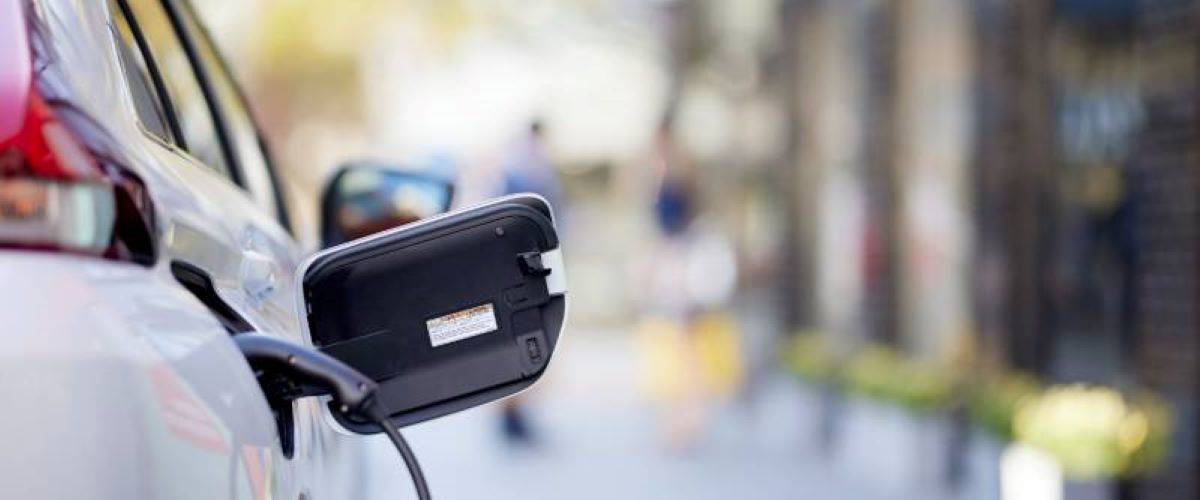
Most PHEVs can be plugged into a standard 120-volt outlet, which will take 7 to 10 hours to fully charge the battery. However, PHEVs can also use a 240-volt charger, which can cut charging time down to around 25 minutes. To get the fastest charging times though, you'll need to install a dedicated Level 2 charger or use a public Fast Charge Station, which can charge a PHEV battery at 80% in as little as 25 minutes.
Of course, charging times will vary depending on the size of the battery and the power of the charger. But with a little planning, it's easy to keep your PHEV charged and ready to go.
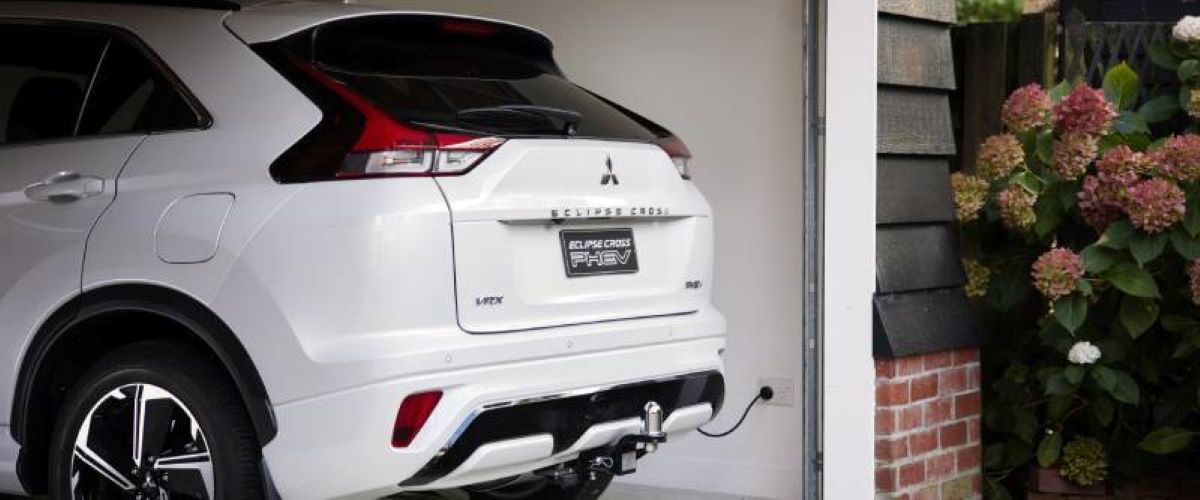
In instances where no more than 10L of fuel has been added in 3 months, PHEVs engines will turn on when the car is started. This is to prevent potential engine damage caused by fuel deterioration. In Hybrid Vehicle mode, the engine will continue to turn on automatically while driving until the fuel tank has been filled with at least 15L of petrol.

Many people choose to drive a PHEV to save money on fuel costs. While this is likely always going to be the case when compared to their combustion engine counterparts, there are still a few things you can do to ensure you’re optimising this fuel efficiency.
Firstly, ensure that you don’t drive around with a full fuel tank. This is especially relevant to day-to-day running in which you are planning to use EV mode. This is because a full tank adds more weight to the vehicle and will reduce your EV range. In a similar vein, ensure that your tyre pressure is maintained to a high level as this reduces rolling resistance/drag.
Another tip is in regards to your driving behaviour - use the regenerative braking paddles from motorway speeds before braking with the pedal. This is a great way to reclaim power for your battery and extend your EV range. In addition to this, use the B0 level for regenerative braking when choosing to coast in the Mitsubishi Outlander PHEV - this essentially is equivalent to driving in a neutral gear position.
PHEV's driving range is dependent on a range of factors, such as their battery and engine size. Their driving range is usually split into two categories: their electric vehicle (EV) range, which is the distance they can travel purely on their battery power, and their combined range, which is when the electric motors are run in parallel with their combustion engine.
For example, the Next-Gen Mitsubishi Outlander PHEV's 20kWh lithium-ion battery allows for a fuel-free EV range of up to 84km, with a combined range of up to 800km. The 2022 Mitsubishi Eclipse Cross PHEV's 13.8kWH lithium-ion provides an EV range of up to 55km and a combined range of up to 660km.
Because PHEVs have a traditional combustion engine, the same recommendations for oil changes apply to them. Therefore it is recommended that you change the oil every 15,000km or annually - whichever comes first.
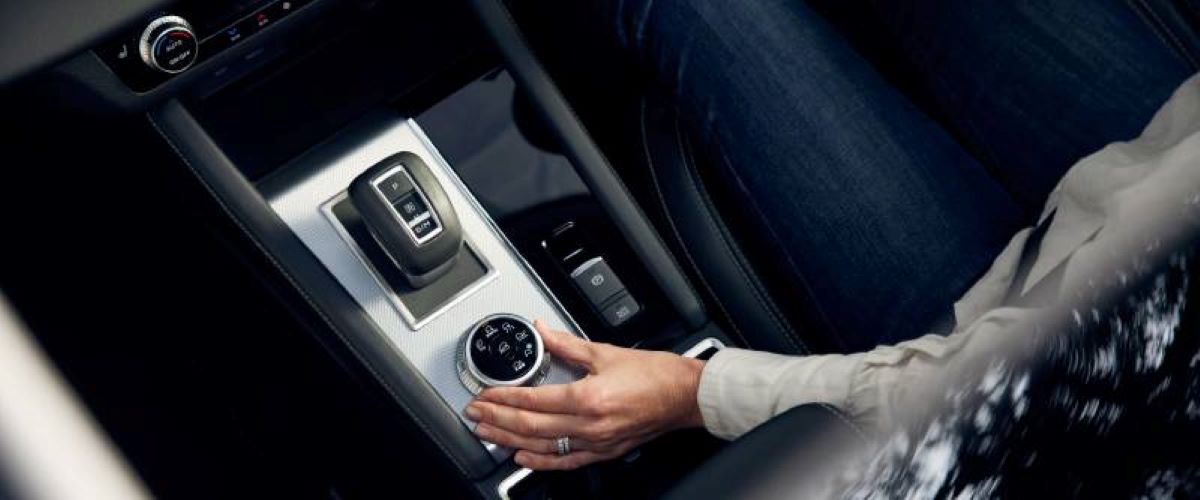
In this situation, Hybrid Vehicle mode is the best way to drive these cars which means you don’t have to do anything, just let them do their job. By repeatedly switching between Electric Vehicle and Charging mode you are likely to deteriorate your mileage by up to 20% in comparison.

The Next Gen Outlander PHEV is designed to tackle even the most challenging off-road terrain. With a robust body and Mitsubishi's Super-All Wheel Control system, the Outlander PHEV is more than capable of handling whatever mother nature throws its way and provides an incredible driving experience offering outstanding stability and road holding. And, thanks to its unique plug-in hybrid powertrain, the Outlander PHEV can go further and explore more remote areas than ever before.
Yes, you can drive through water. The Next Gen Outlander PHEV has been designed to act just like any other conventional 4WD vehicle. The watertight battery meets tough SUV driving standards.
Other than the reduction in fuel and running costs for PHEV drivers, the New Zealand government has also introduced the Clean Car Discount. This scheme is aimed to incentivise the purchase of zero and low-emission vehicles to help reduce New Zealand's carbon footprint. As the scheme currently stands, customers who purchase a new Next Gen Mitsubishi Outlander PHEV or 2022 Mitsubishi Eclipse Cross PHEV are eligible for a cash rebate of $5750.
Both the Next Gen Outlander PHEV and 2022 Eclipse Cross PHEV are covered by Mitsubishi's industry-leading warranty, the Mitsubishi Diamond Advantage. Not only does this provide a 10-year / 160,000 km powertrain warranty, but also includes an 8-year / 160,000km warranty specific to the drive Li-ion battery.
With Mitsubishi's rich and ever-evolving history in the electric vehicle market, Simon Lucas Mitsubishi's knowledge of PHEVs has grown alongside it. Because of this our staff is incredibly well informed on all the details and nuances involved in the purchase and maintenance of the impressive PHEV offerings from Mitsubishi. So if you have any additional questions that are not covered by this article, don't hesitate to get in contact with the team at Simon Lucas today!
We would love to hear from you, please let us know your new Mitsubishi vehicle requirements and any other relevant details. One of our Sales Team members will contact you shortly.
Mon - Fri 8:30am - 5:30pm
Saturday 8:30am - 5:00pm
Sunday 10:00am - 4:00pm